#ancient arabia
Text
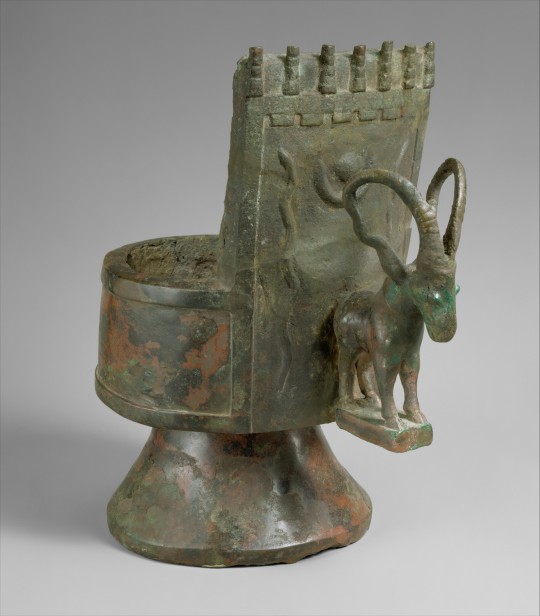
Bronze incense burner, southwestern Arabia, 1st millennium BC
from The Metropolitan Museum of Art
256 notes
·
View notes
Text
Archaeological things that made me happy 2

The Wijnaldum Fibula, a bow brooch from Great Frisia, was found plowed to bits. Metal detectorists and archaeologists spend years searching the fields of Wijnaldum trying to complete the brooch and to the world’s (and my) joy, the brooch was reassembled to its most complete form in 1500 years.
The garnet inlay originates from India, and two Dirham coins were found, signifying long distance trade with the East.
Just for the fun of it, can you spot Wotan’s face in the garnet inlay?
#Odin#Norse god#Wijnaldum fibula#Wijnaldum brooch#great Frisia#Frisia#Merovingian#Charlemagne#archaeology#history#indiana jones#archaeology meme#field archaeologist#field archaeology#metal detection#ancient arabia#Vikings#Viking#Wotan#germanic mythology#viking mythology#Norse mythology
192 notes
·
View notes
Text

Cube-shaped incense burner carved of pink limestone. Sabaean, 2ndC BC-1stC BC, made in Yemen.
There is an ancient South Arabian inscription carved on all four sides listing four types of incense: a golden coloured gum, rud, (artemesia abyssinica) (Rhodokamakis), a benevolent gum (ncm, a sweet mild aroma (rhod), costus (qst) and an oderiferous root, dhb (a dark-hearted (as opposed to srf 'silver' > light hearted) plant (rhod).
British Museum
43 notes
·
View notes
Text

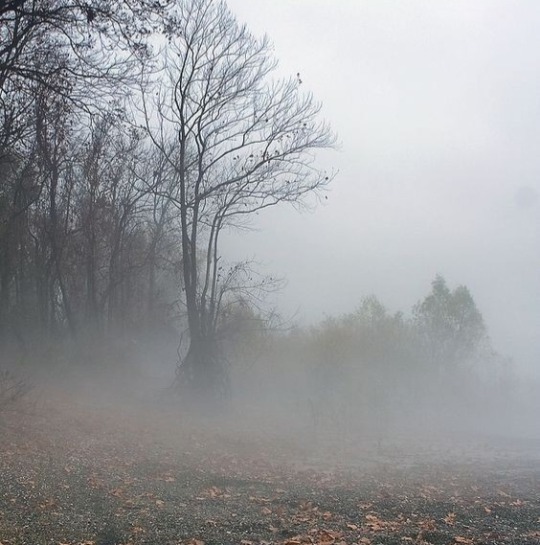





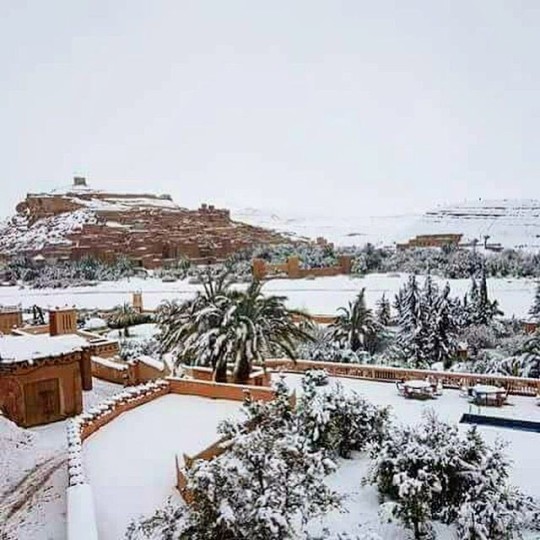
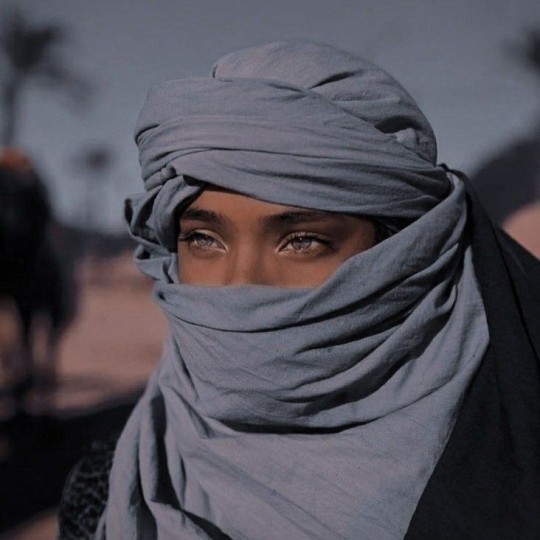
Zafira bint Iskandar
Some part of her wanted to reach for him, to smooth away the unhappiness creasing his face, to touch the scars that made him him.
'Monsters cannot become men,' she whispered instead, and the darkness hummed its agreement.
We Hunt The Flame by Hafsah Faizal {@hafsahfaizal}
#we hunt the flame#hafsah faizal#nasir ghameq#zafira bint iskander#altair al-badawi#sands of arawiya#we free the stars#books#ancient arabia#arab representation#habibti#hayati#roohi#nasfira#nafira#idek their shipname help#benyamin haadi#kifah darwish#ya book recs#ya books#fantasy books#fantasy book rec#whtf#wfts#moodboard#book moodboards#basically six of crows but everyone is hot af#like literally
52 notes
·
View notes
Text
Are those bones suggestive of ritual behaviour? Maybe.
5 notes
·
View notes
Photo

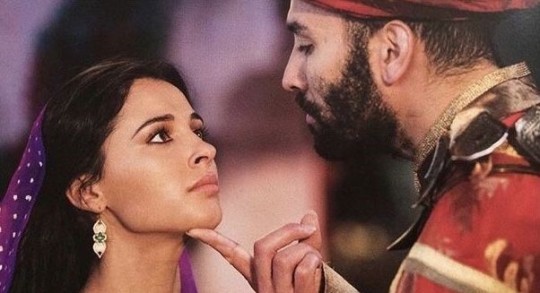

Characters: Jafar and Jasmine
Media: Aladdin (2019)
Played by: Marwan Kenzari and Naomi Scott
Setting: AD 800s, Agrabah
*~*~*~*~*~*~*~*~*~*~
Princess Jasmine is the lonely, restless daughter of the Sultan of Agrabah, desperate to become the independent ruler of the kingdom in order to help her people.
Jafar is the Sultan’s Grand Vizier, a former street thief and soldier who fought his way up the ranks but still dreams of holding the ultimate power in Agrabah, a goal that drives him to hypnotize the Sultan and drive away every one of Jasmine’s suitors.
Jafar and Jasmine’s goals are in direct conflict - both wish to become the next Sultan through different approaches - but their similar spirit and determination links them in an undeniable way. As Jasmine falls in love with the thief-turned-prince Aladdin, Jafar plots a way to take Aladdin’s magic lamp and win Jasmine as his wife. Though their destinies are irreversibly entwined, Jafar and Jasmine remain as distant and hostile towards one another as serpents in the desert.
#jafar x jasmine#jasmine x jafar#jafar#jasmine#jasfar#aladdin#disney#marwan kenzari#naomi scott#ancient arabia#fantasy#fairytale#romance#musical#adventure#arranged marriage#enemies to lovers#villain x heroine#star-crossed lovers#unrequited love#royalty#criminal#wizard#nobility#genie#immortal#tragic ending
37 notes
·
View notes
Text
The Ottoman Empire in the Americas
The Ottoman Empire in the Americas
“The Ottoman Empire in the Americas,” is a necessary post to establish the Moroccan presence in the Americas since the Ottoman Empire ruled Morocco. In fact, the Ottoman Empire was one of the mightiest and longest-lasting dynasties in world history. This Islamic-run superpower ruled large areas of the Middle East, Eastern Europe, and North Africa for more than 600 years.
The Ottoman Empire also…
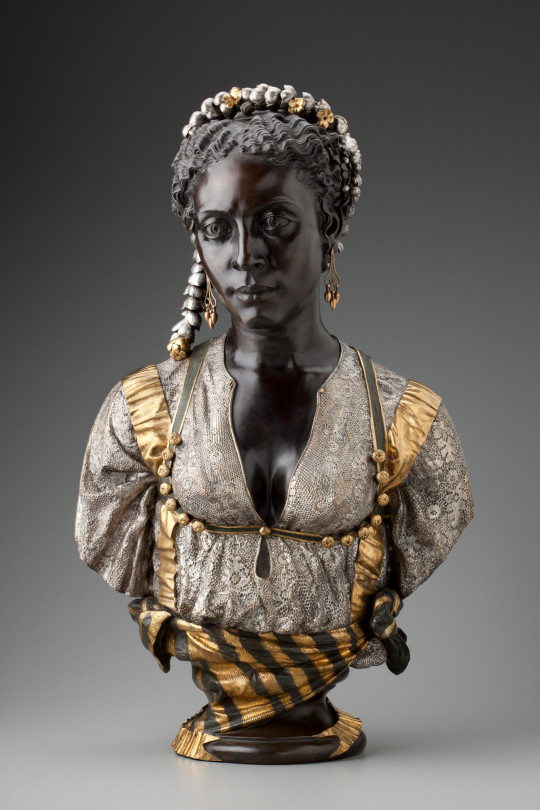
View On WordPress
#Algeria#Algiers#Ancient Arabia#Ancient Turkey#Baghdad#Black History#Blackamoors#Carthage#Casablanca#Cherokee Indians#Granada land#Greater Morocco#History of Carolina#History of Islam#Iraq#Kingdom of Saudi Arabia#Moors#Muurs#New Orleans#Origins of Islam#Phoenicia#Phoenicians#Pomegranates#Sumter Turks#the land of Milk and Honey#The Orient#The Ottoman Turks#Tunis#Turks of South Carolina#Washitaw Mu&039;urs
16 notes
·
View notes
Text
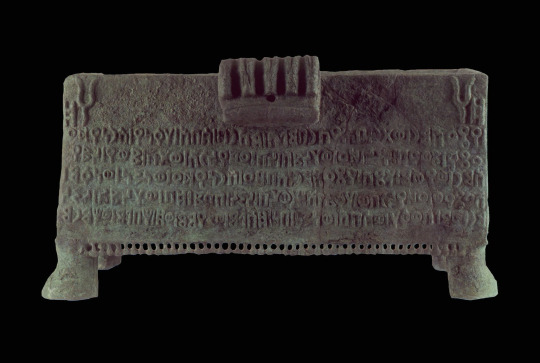
نقش سبئي يذكر "يمن" (𐩺𐩣𐩬) كلقب للإله أرنيدع، إله نشان اللتي ابقت قبائل الجوف متحدة في ذلك الوقت. القرن الثامن ق.م، اليمن.
Sabaic inscription mentions "Yemen" as an epithet of the god Aranyada', god of Nashan which kept the tribes of the Jawf united at the time. 8thC BC, Yemen.
63 notes
·
View notes
Text
Online History Short-Courses offered by Universities Masterpost
Categories: Classical Studies, Egyptology, Medieval, Renaissance, The Americas, Asia, Other, Linguistics, Archaeology
How to get Coursera courses for free: There are several types of courses on Coursera, some will allow you to study the full course and only charge for the optional-certificate, for others you will need to audit it and you may have limited access (usually just to assignments), and thirdly some courses charge a monthly subscription in this case a 7 day free trial is available.
Classical Studies 🏛️🏺
At the Origins of the Mediterranean Civilization: Archeology of the City from the Levant to the West 3rd-1st millennium BC - Sapienza University of Rome
Greek and Roman Mythology - University of Pennsylvania
Health and Wellbeing in the Ancient World - Open University
Roman Architecture - Yale
Roman Art and Archeology - University of Arizona
Rome: A Virtual Tour of the Ancient City - University of Reading
The Ancient Greeks - Wesleyan University
The Changing Landscape of Ancient Rome. Archeology and History of Palatine Hill - Sapienza University of Rome
Uncovering Roman Britain in Old Museum Collections - University of Reading
Egyptology 𓂀⚱️
Egypt before and after pharaohs - Sapienza University of Rome
Introduction to Ancient Egypt and Its Civilization - University of Pennsylvania
Wonders of Ancient Egypt - University of Pennsylvania
Medieval 🗡️🏰
Age of Cathedrals - Yale
Coexistence in Medieval Spain: Jews, Christians, and Muslims - University of Colorado
Deciphering Secrets: The Illuminated Manuscripts of Medieval Europe - University of Colorado
Enlightening the Dark Ages: Early Medieval Archaeology in Italy - University of Padova
Lancaster Castle and Northern English History: The View from the Stronghold - Lancaster University
Magic in the Middle Ages - University of Barcelona
Old Norse Mythology in the Sources - University of Colorado Bolder
Preserving Norwegian Stave Churches - Norwegian University of Science and Technology
The Book of Kells: Exploring an Irish Medieval Masterpiece - Trinity College Dublin
The Cosmopolitan Medival Arabic World - University of Leiden
Renaissance ⚜️🃏
Black Tudors: The Untold Story
European Empires: An Introduction, 1400–1522 - University of Newcastle
The Mediterranean, a Space of Exchange (from Renaissance to Enlightenment) - University of Barcelona
The Life and Afterlife of Mary Queen of Scots - University of Glasgow
The Tudors - University of Roehampton London
The Americas 🪶🦙🛖
History of Slavery in the British Caribbean - University of Glasgow
Indigeneity as a Global Concept - University of Newcastle
Indigenous Canada - University of Alberta
Indigenous Religions & Ecology - Yale
Asia 🏯🛕
Contemporary India - University of Melbourne
Introduction to Korean Philosophy - Sung Kyun Kwan University
Japanese Culture Through Rare Books - University of Keio
Sino-Japanese Interactions Through Rare Books - University of Keio
The History and Culture of Chinese Silk - University for the Creative Arts
Travelling Books: History in Europe and Japan - University of Keio
Other
A Global History of Sex and Gender: Bodies and Power in the Modern World - University of Glasgow
A History of Royal Fashion - University of Glasgow
Anarchy in the UK: A History of Punk from 1976-78 - University of Reading
Biodiversity, Guardianship, and the Natural History of New Zealand: A Museum Perspective - Te Papa
Empire: the Controversies of British Imperialism - University of Exeter
Great South Land: Introducing Australian History - University of Newcastle
Indigeneity as a Global Concept - University of Newcastle
New Zealand History, Culture and Conflict: A Museum Perspective - Te Papa
Organising an Empire: The Assyrian Way - LMU Munich
Plagues, Witches, and War: The Worlds of Historical Fiction - University of Virginia
Russian History: from Lenin to Putin - University of California Santa Cruz
Linguistics 🗣️
Introduction to Comparative Indo-European Linguistics - University of Leiden - Coursera version
Miracles of Human Language: An Introduction to Linguistics - University of Leiden
Archeology 💀
Archeoastronomy - University of Milan
Archaeology and the Battle of Dunbar 1650 - Durham University
Archaeology: from Dig to Lab and Beyond - University of Reading
Archeology: Recovering the Humankind's Past and Saving the Universal Heritage - Sapienza University of Rome
Change of Era: The Origins of Christian Culture through the Lens of Archaeology - University of Padova
Endangered Archaeology: Using Remote Sensing to Protect Cultural Heritage - Universities of Durham, Leicester & Oxford
Enlightening the Dark Ages: Early Medieval Archaeology in Italy - University of Padova
Exploring Stone Age Archaeology: The Mysteries of Star Carr - University of York
Forensic Archaeology and Anthropology - Durham University
Roman Art and Archeology - University of Arizona
The Changing Landscape of Ancient Rome. Archeology and History of Palatine Hill - Sapienza University of Rome
#side note: most of the universities that offer courses in English on these sites are European or American(USA)#so the lack of courses about Asia (other than Japan) The Americas and Africa is not because of me#history#historical#classical studies#ancient Greece#ancient Rome#pompeii#Egyptology#pharaoh#ancient Egypt#medieval#medieval europe#Medieval Arabia#Renaissance#Tudor#the tudors#history courses#courses#linguistics#archeology#archeology courses#resources#free resources
161 notes
·
View notes
Text

Bronze bull, Arabia, 1st millennium BC
from The Metropolitan Museum of Art
269 notes
·
View notes
Text
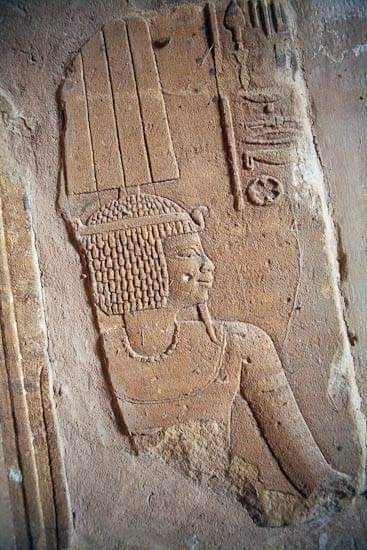

What is the DNA haplogroup of modern Egyptians?
Haplogroup E1b1b1
Wikipedia (E1b1b): E-M215, also known as E1b1b and formerly E3b, is a major human Y-chromosome DNA haplogroup. It is a division of the macro-haplogroup E-M96, which is defined by the single-nucleotide polymorphism (SNP) mutation M215. In other words, it is one of the major patrilineages of humanity, linking from father-to-son back to a common male-line ancestor ("Y-chromosomal Adam"). It is a subject of discussion and study in genetics as well as genetic genealogy, archaeology, and historical linguistics.
The E-M215 haplogroup has two ancient branches that contain all the known modern E-M215, E-M35 and E-M281 subclades. Of the latter two, the only branch that has been confirmed in a native population outside of Ethiopia is E-M35. E-M35 in turn has two known branches, haplogroup E-V68 and haplogroup E-Z827, which contain by far the majority of all modern E-M215 carrying men. E-V68 and E-V257 have been found in highest numbers in North Africa and the Horn of Africa, but also in lower numbers in parts of the Middle East and Europe, and in isolated populations of Southern Africa.
The Study authors consider Mtdna L0 thru L4 exclusively African.
Wikipedia quote: Haplogroup L3 descendants notwithstanding, the designation "haplogroup L" is typically used to designate the family of mtDNA clades that are most frequently found in Sub-Saharan Africa. However, all non-African haplogroups coalesce onto either haplogroup M or haplogroup N, and both these macrohaplogroups are simply sub-branches of haplogroup L3. Consequently, L in its broadest definition is really a paragroup containing all of modern humanity, and all human mitochondrial DNA from around the world are subclades of haplogroup L.
repeat - and all human mitochondrial DNA from around the world are subclades of haplogroup L.
Basal J*(xJ1,J2) is found at its highest frequencies among the Soqotri/Socotra (71.4%).
The people of the Island of Soqotri/Socotra are the genetically PUREST of ALL ARABS.
This is what they look like!
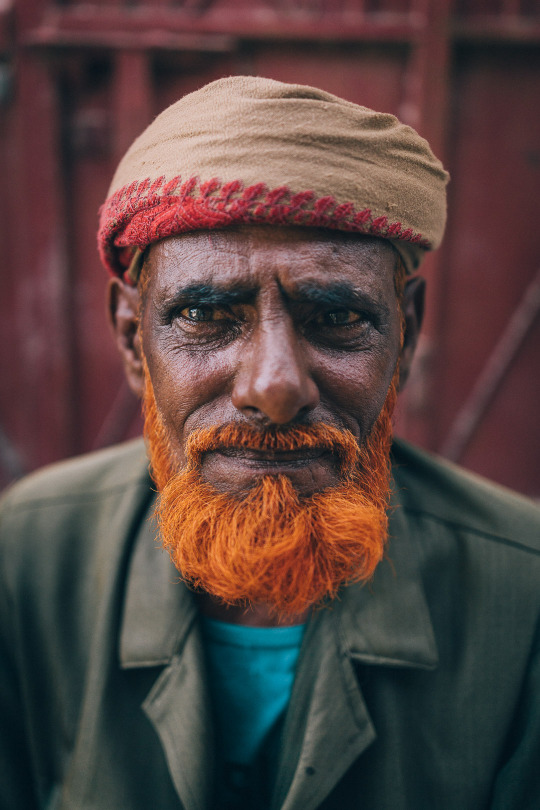


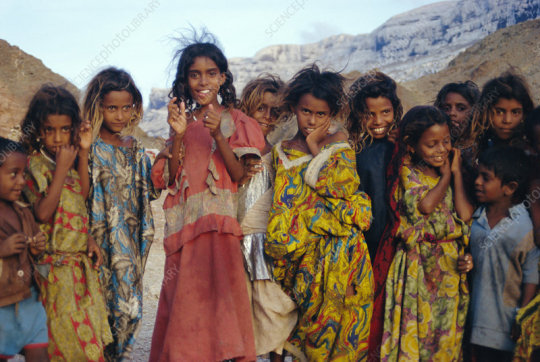

#african#afrakan#kemetic dreams#brownskin#africans#afrakans#brown skin#african culture#ancient kemet#ancient#ancient civilizations#ancient egypt#ancient culture#ta meri#ta seti#ethiopia#ta netjer#western asia#arabia#saudi arabia#yemen#yemeni#somali#somalis#amhara#oromo#wolata#east africa#north east african#north africa
98 notes
·
View notes
Text
The Tayma oasis in Saudi Arabia is famous for its rock art and its historic legacy. It was a major trade route in antiquity and was once the dwelling place of a Babylonian king, Nabonidus.
21 notes
·
View notes
Text


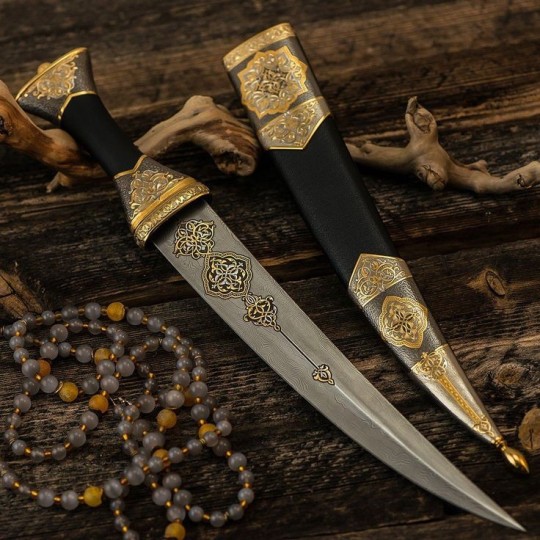






Altair Al-Badawi
Altair adjusted his turban, a gleam in his eyes. “I’m big enough to keep anyone busy for a while.”
We Hunt The Flame by Hafsah Faizal {@hafsahfaizal}
#we hunt the flame#we free the stars#hafsah faizal#altair al-badawi#nasir ghameq#zafira bint iskander#sands of arawiya#kifah darwish#benyamin haadi#zumra#ancient arabia#book recs#ya books#booktok#books#hes the loml
32 notes
·
View notes
Text

Head of a man, found in Yemen around the year 0. Yemen at the time was ruled by the Sabaeans (likely the kingdom of Sheba in the Bible), who operated a trading kingdom there. The Romans called this part of the world Arabia Felix -- Happy Arabia.
{WHF} {Ko-Fi} {Medium}
110 notes
·
View notes
Text
Well... I'm 30 today. Where is that quote from Lawrence about his own 30th birthday when I need it?
31 notes
·
View notes
